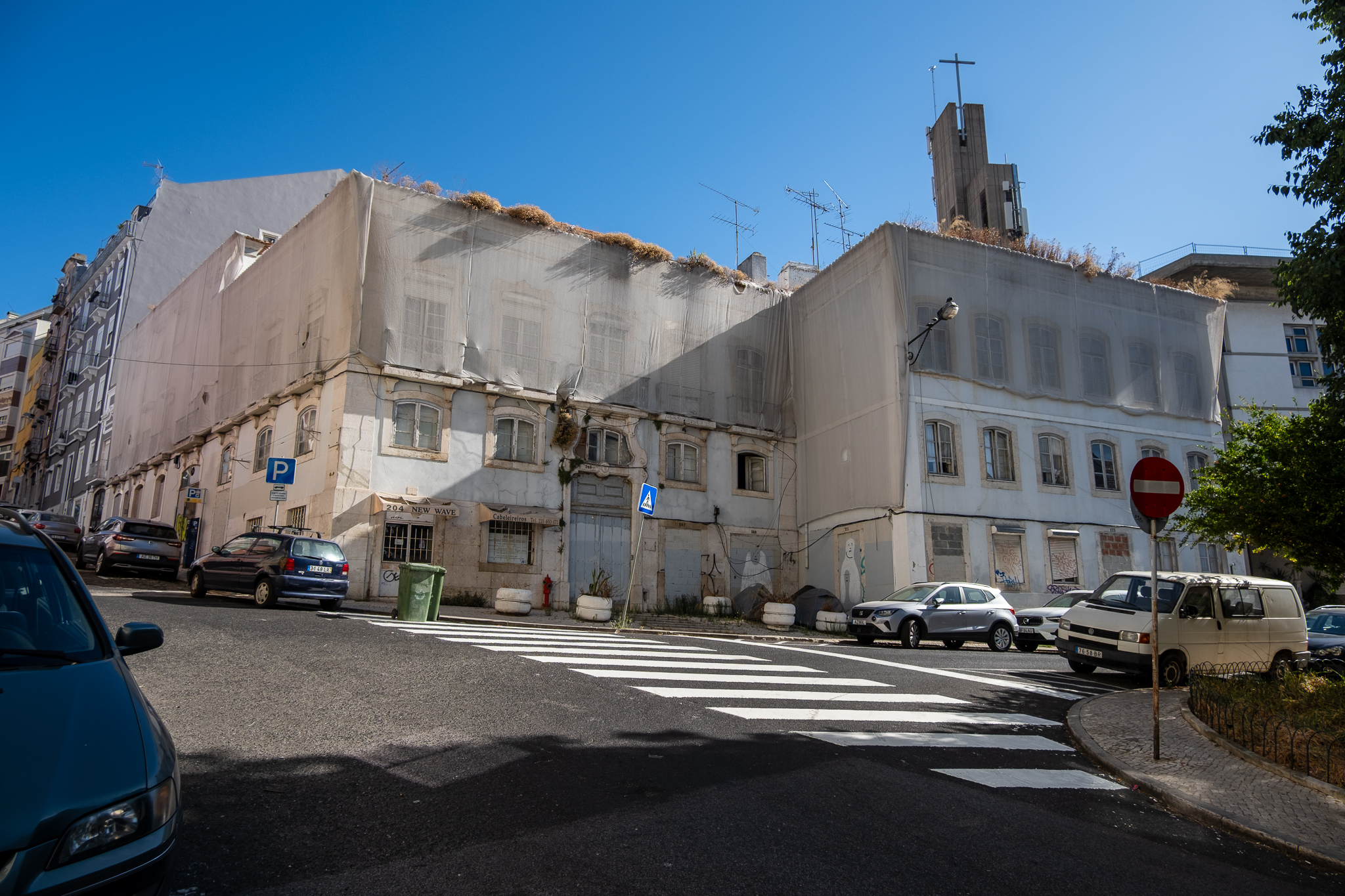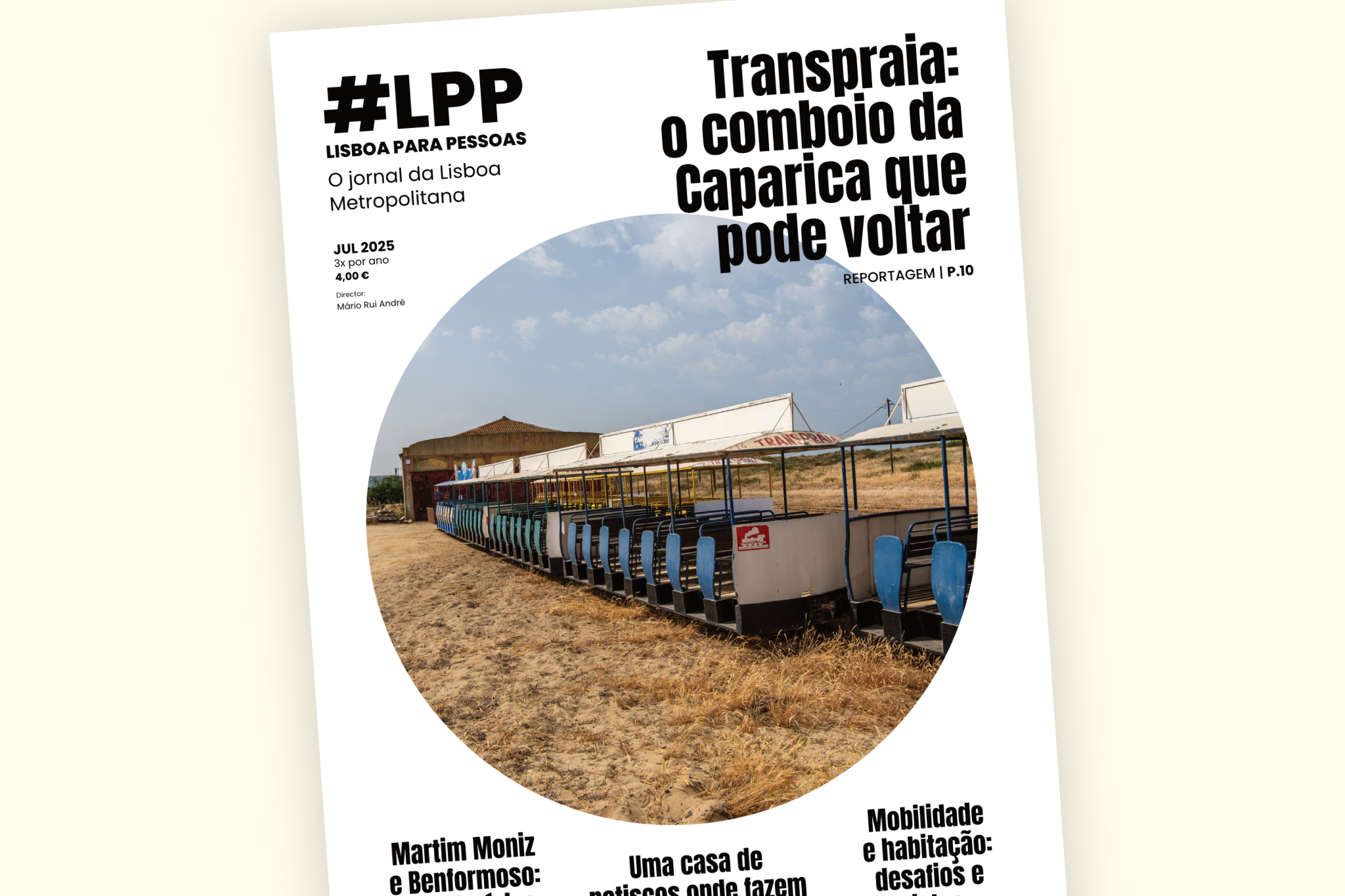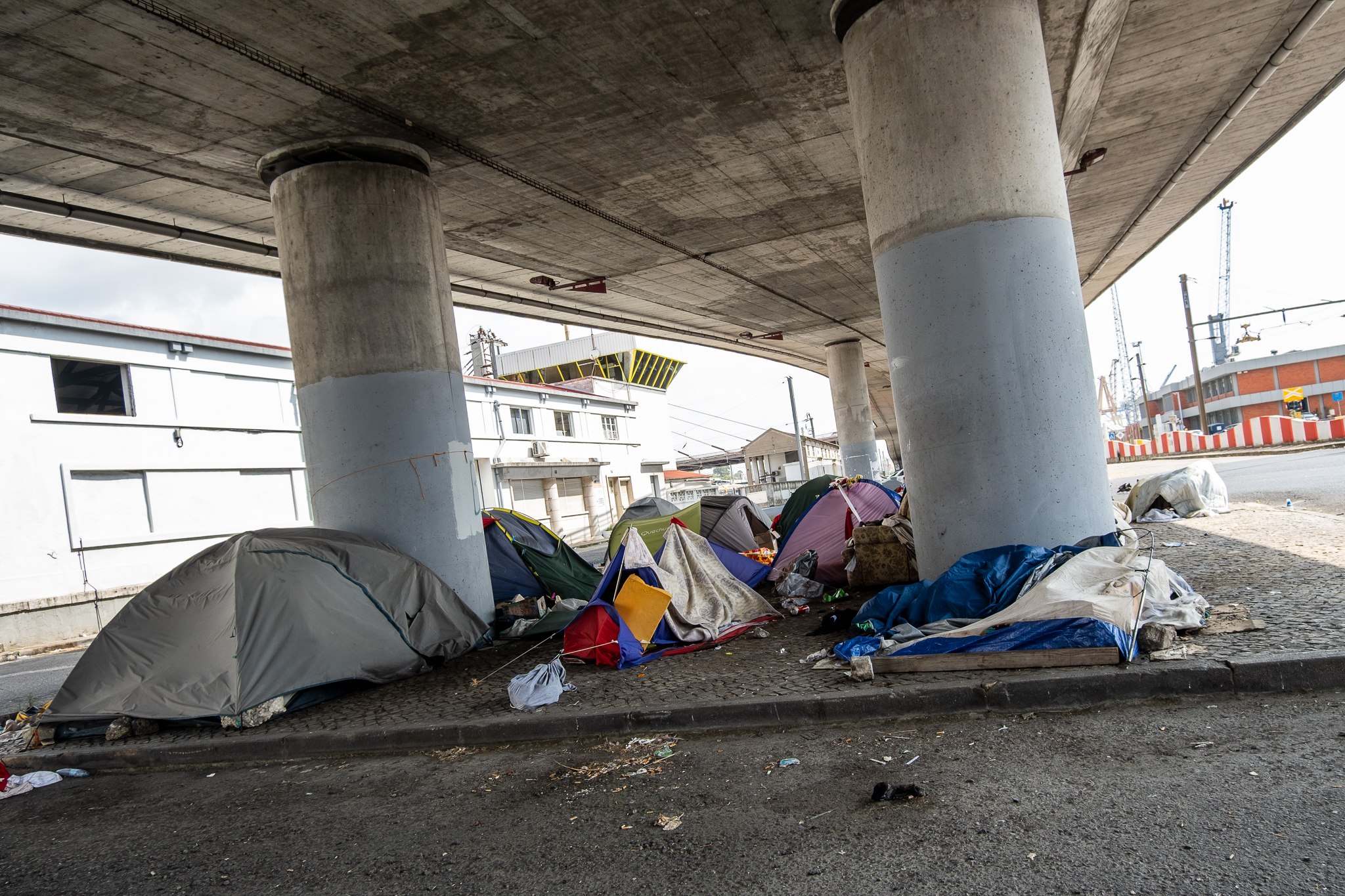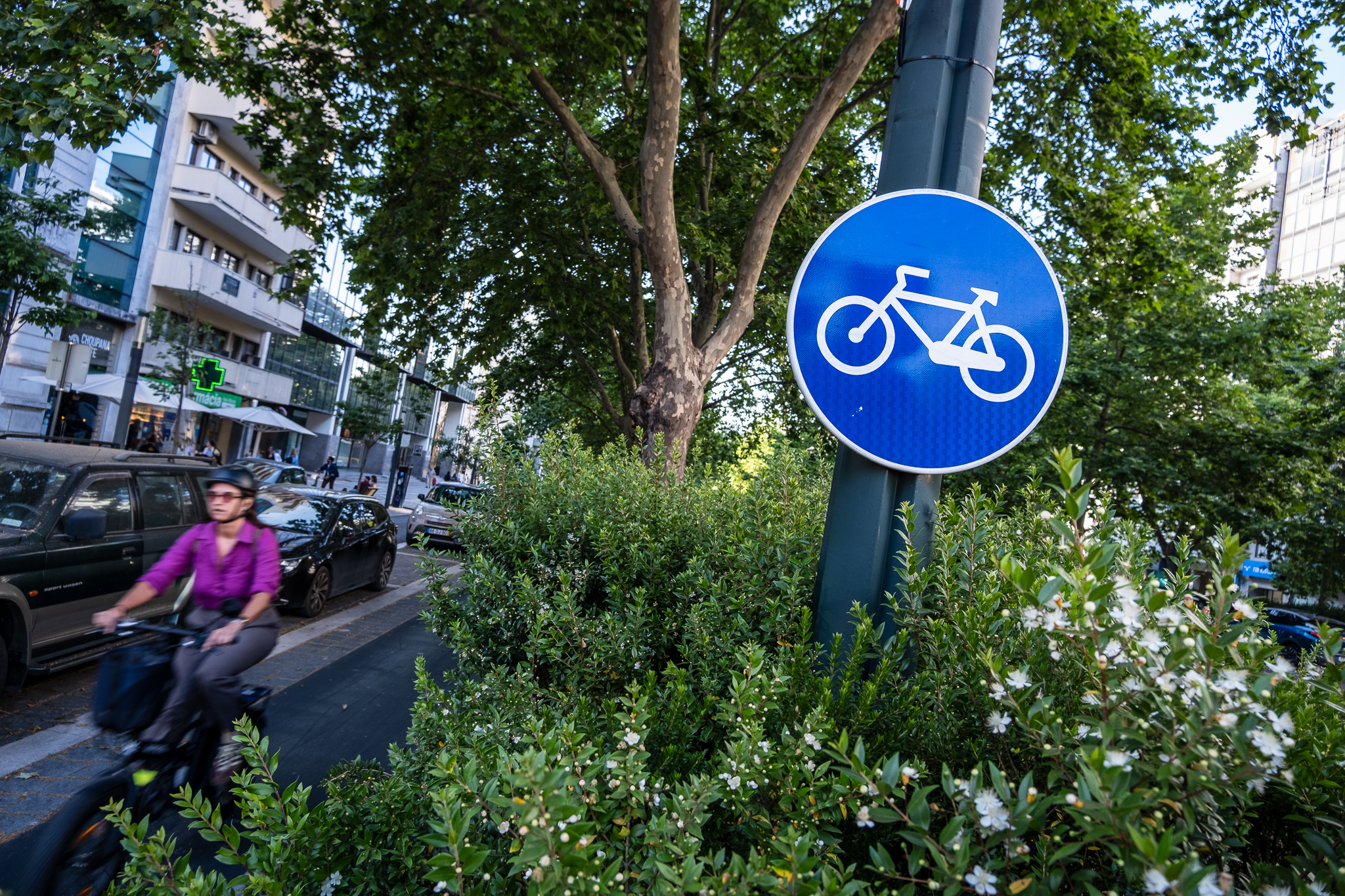A work of about two years, which included listening to the people who daily use public transportation in Lisbon, culminates now in a Design Guide that intends to help transform mere bus terminals into authentic Multimodal Interfaces.
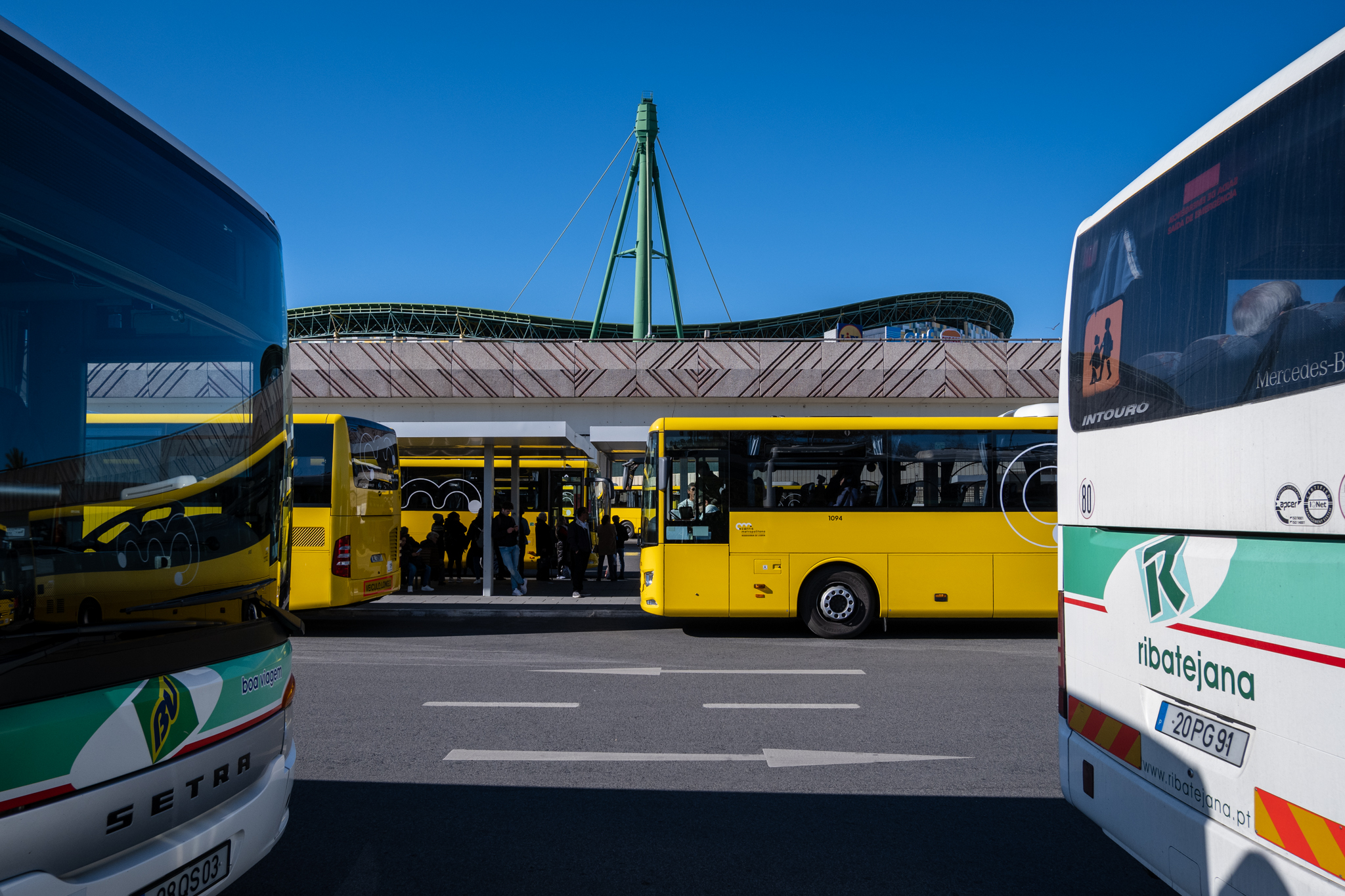
The work of auscultation by EMEL of those who use public transportation and bus terminals in Lisbon culminates, for now, in the publication of a Design Guide. The document, divided into seven volumes that will be released in stages, aims to establish design guidelines, in particular the key elements to be considered when designing or re-designing multimodal interfacesbased on Lisbon's main bus terminals.
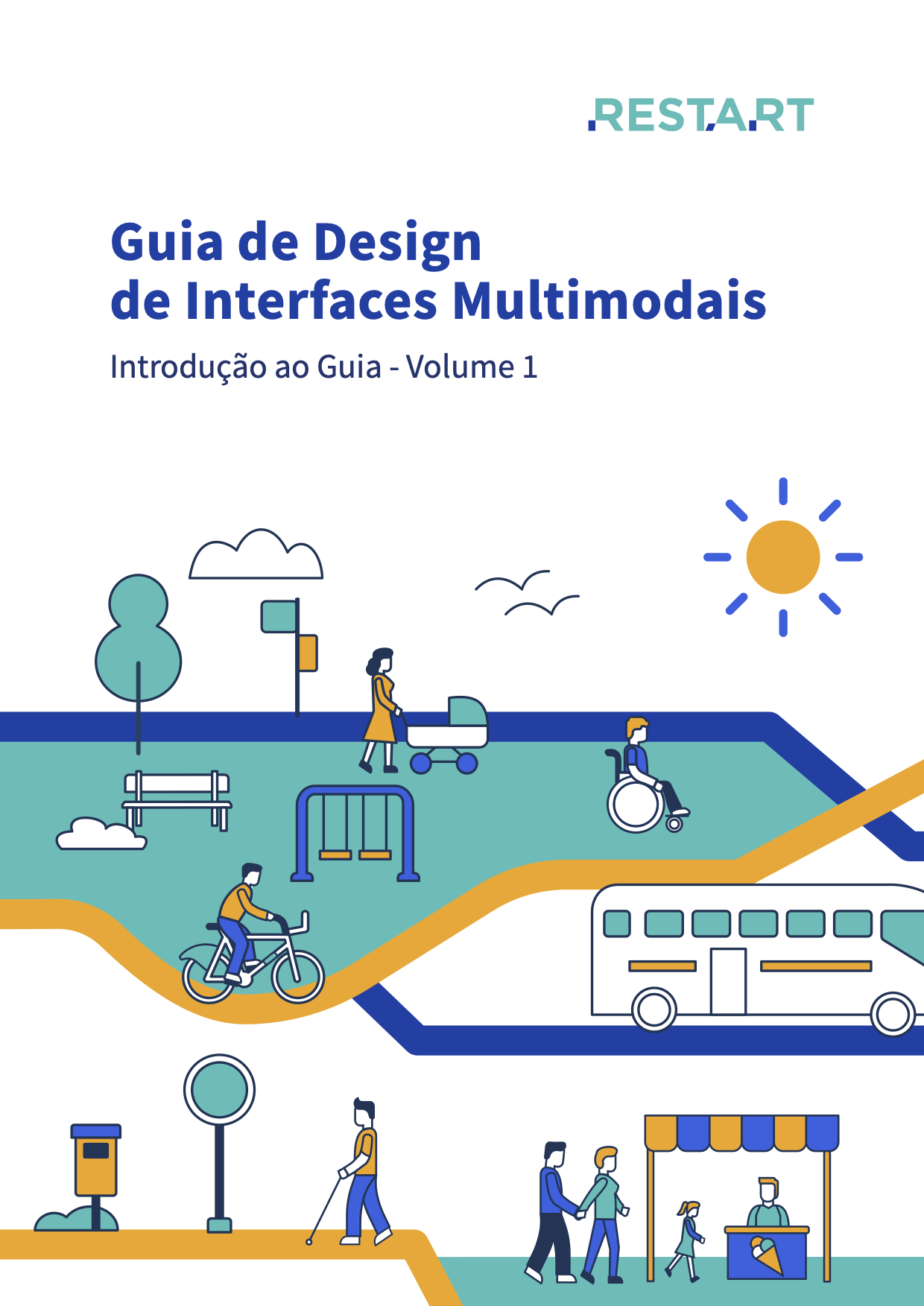
Entitled Multimodal Interface Design Guide, results from a work of about two years that, in addition to a component of interaction with passengers and drivers who daily use the city terminals, "included a thorough literature review and consultation with experts and practitioners in the mobility, transport and infrastructure sector"you can read in the first volume of the Guide, an introductory volume.
This work was developed in the scope of the RESTART project, which has European funding and aims to rethink the five major bus terminals in Lisbon (Campo Grande, Colégio Militar, Oriente, Pontinha and Sete Rios) and their transformation into Multimodal Interfaces. The definition of this concept of Multimodal Interfaces was, by the way, one of the objectives of the project, and the RESTART team came up with the following formulation:
"A multimodal interface is a connectivity space that provides quality experiences and services. It is a place that combines, besides several mobility options, different activities and spaces (of stay, leisure or commerce), and thus attracts new communities to enjoy it, contributing to the competitiveness of alternative transport modes to the car and to the adoption of more sustainable mobility habits. It is more than a place of passage, a place of transfer between modes of transport, it is a space for interaction and accessible to all people, thus becoming a livable, pleasant, safe and sustainable place. It is also an infrastructure designed to respond effectively to the needs of transport operators and thus also contribute to a better experience in the use of alternative modes of transport to the car."
- RESTART
The elaboration of this Design Guide had a participative component open to the entire population that uses public transportation. Last summer, for example, a team from EMEL was present in the city's main terminals listening to the people. "The [RESTART] project is based on a people-centered approach, and among other stakeholders, the community of people traveling and using the terminals, the community of residents in the surroundings of each terminal, and the operators of the transport services (both at the management and operational team levels) were involved. In total, about three thousand people participated in the different actions of listening to society“The document now released reads. "This participatory process allowed the definition of a multimodal interface concept for the city of Lisbon that takes into account the needs felt in the use of the five Lisbon bus terminals studied, as well as the identification of services and other valences (mobility, support or complementary) that can be integrated in these locations."
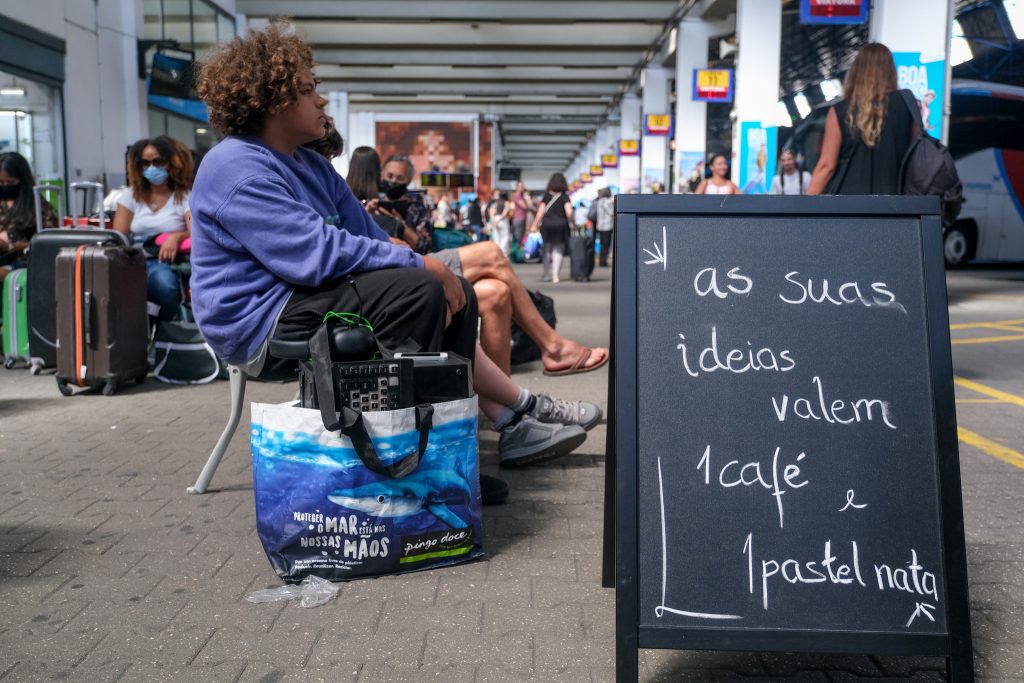
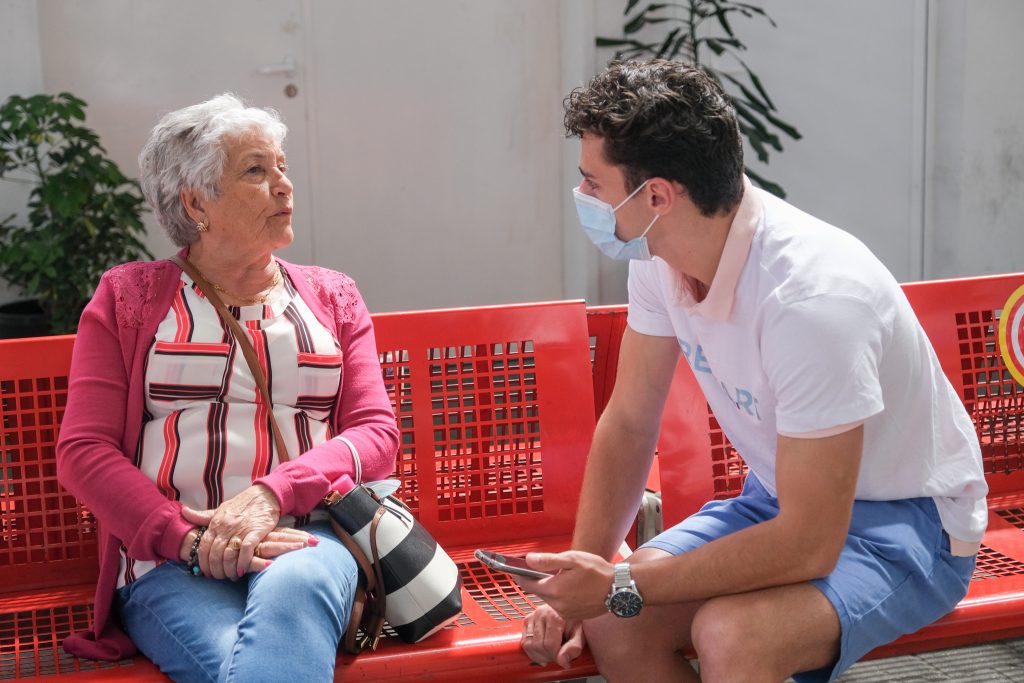
The guide is structured in seven volumes with the following themes:
- Volume 1 - Introduction to the Guide;
- Volume 2 - General Aspects of a Multimodal Interface;
- Volume 3 - Surrounding and Multimodal Zone;
- Volume 4 - Central Access Zone;
- Volume 5 - Service Zone;
- Volume 6 - Operational Zone;
- Volume 7 - Operation Support Zone.
The volumes will be published gradually on EMEL's website and will also be available at Lisbon Library for People. Volume 1, released now, is an introduction.
O Multimodal Interface Design Guide has as objectives:
- Establish design guidelines, in particular the critical elements that should be considered when designing a multimodal interface, minimizing the margin for interpretation of the guiding principles adopted;
- Transpose the established multimodal interface concept to minimum requirements of user experience, defining, among other aspects, which are the different uses and valences of the space.
It should be noted that the RESTART project is not aimed at the requalification of the terminals studied. It is a work of exploration and thinkingwhich culminates in documents like this one and that can guide future interventions - in Lisbon and beyond. Indeed, as it is mentioned in this introductory volume, "this guide is thus a piece that informs the project specifications for a multimodal interface, from the planning to the design phase , and is positioned as a support tool for the realization of the Owner's vision (or Interface Managers) by the Project Teams, whether in the retrofitting of an existing road terminal or in the design of a new multimodal interface".
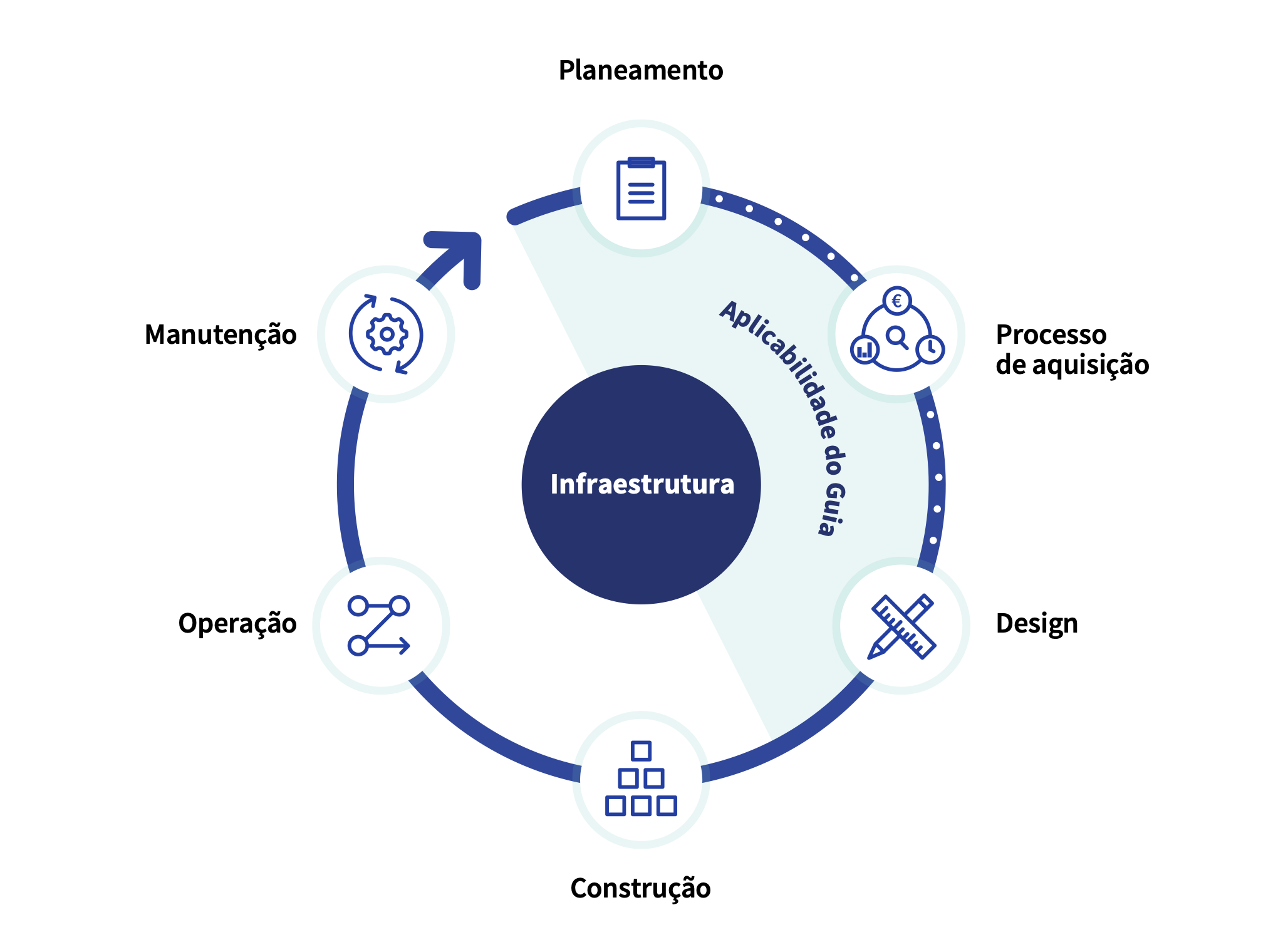
It is further explained that this is a "living" document, that is, "the basis of a work that is expected to evolve over time following new findings and validations with the communities that use the multimodal interfaces, the experience of CML and EMEL, or other entities that apply it, as well as the evolution of good practices".
For now, seven guiding principles were established "in order to guide the work of the different teams involved in the design and management of future multimodal interfaces in the city of Lisbon" and eventually in other cities:
- Connectivity and seamless journeys;
- Equality and autonomy in the access and use of space;
- Ease of navigation and comfort;
- Safety and security;
- Sense of place for different communities;
- Flexibility and efficiency of the infrastructure throughout its life cycle;
- Environmental, social, and financial sustainability.
It is also established that "an interface is composed of five major spaces (or zones) according to their functional characteristics"as illustrated in the image below. "It should be noted that its configuration and internal distribution should favor the optimization of functional relations and the fluidity of circulation between the surrounding and multimodal area (1), the central access area (2), the services area (3) and the operational area (4), in order to ensure that the route between the central access area and the platforms is covered in a time equal to or less than five minutes2 (excluding the need to purchase a ticket)."
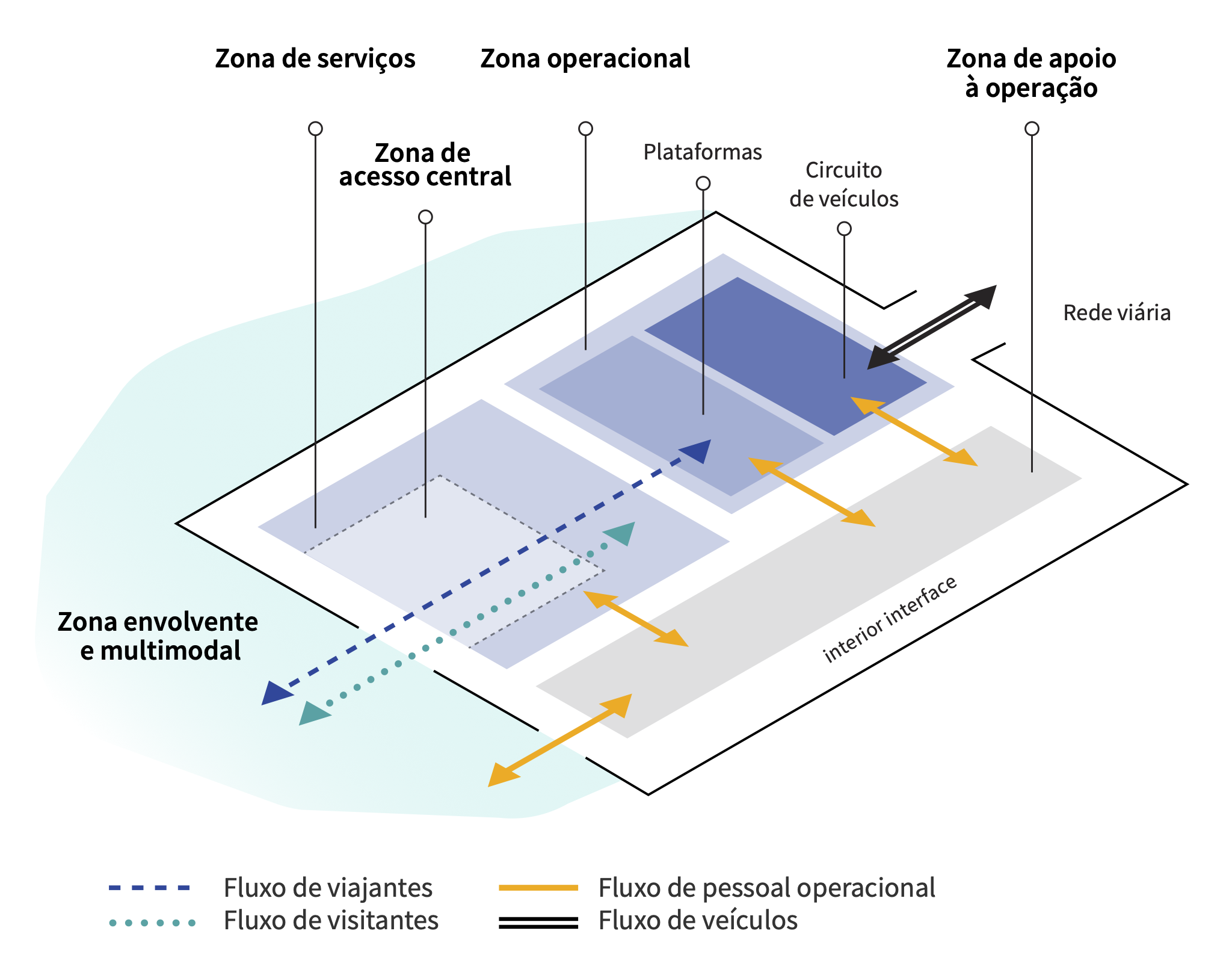
The graphic conception of this Guide took into account the best practices of accessible communication, even allowing people who use software with screen readers to make use of the several accessibility solutions associated to each one of them. The project for this Guide, carried out in the scope of RESTART, was coordinated by Sofia Taborda and Frederico Henriques, from EMEL's Innovation department; it also had contributions from the energy and environment agency Lisboa E-Nova, and from two consultants in the mobility and transport areas, STRATEG and TRENMO.

